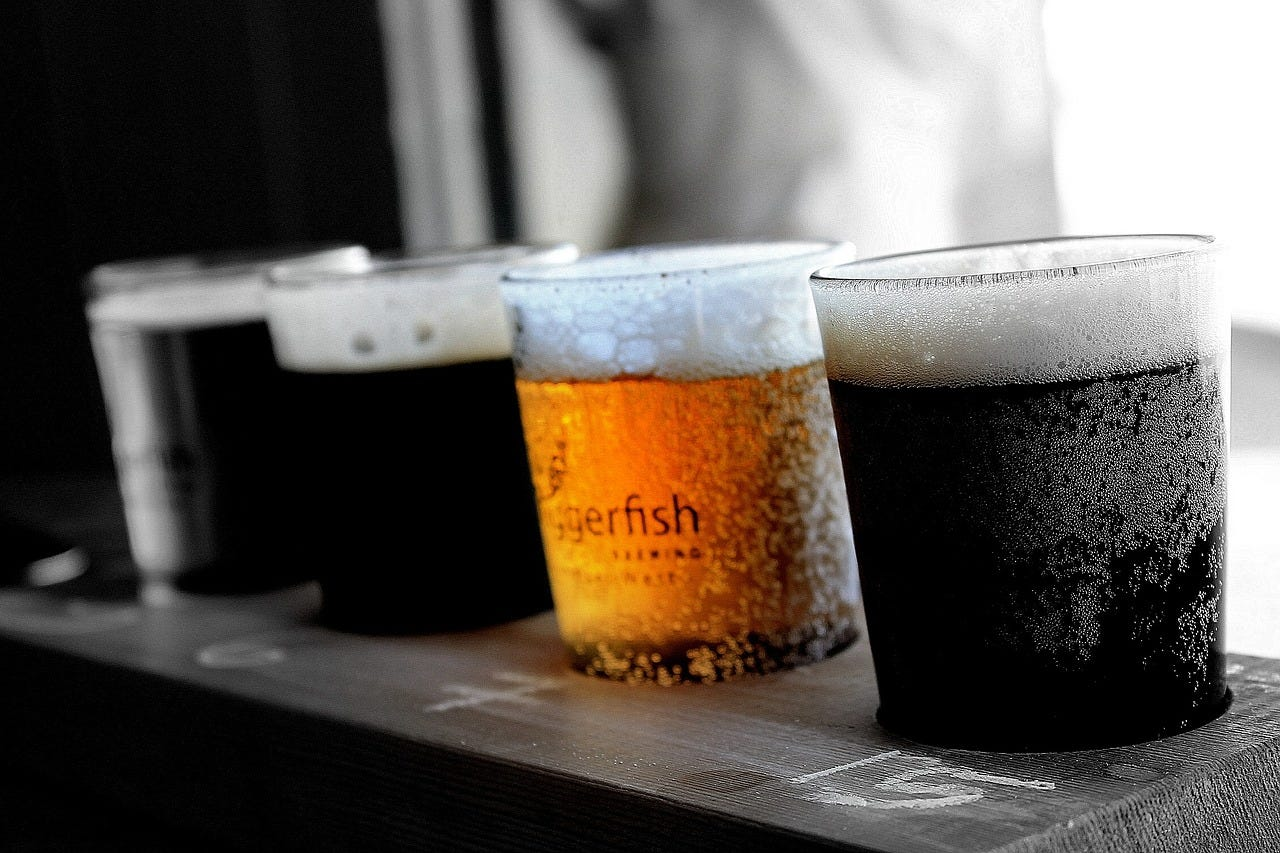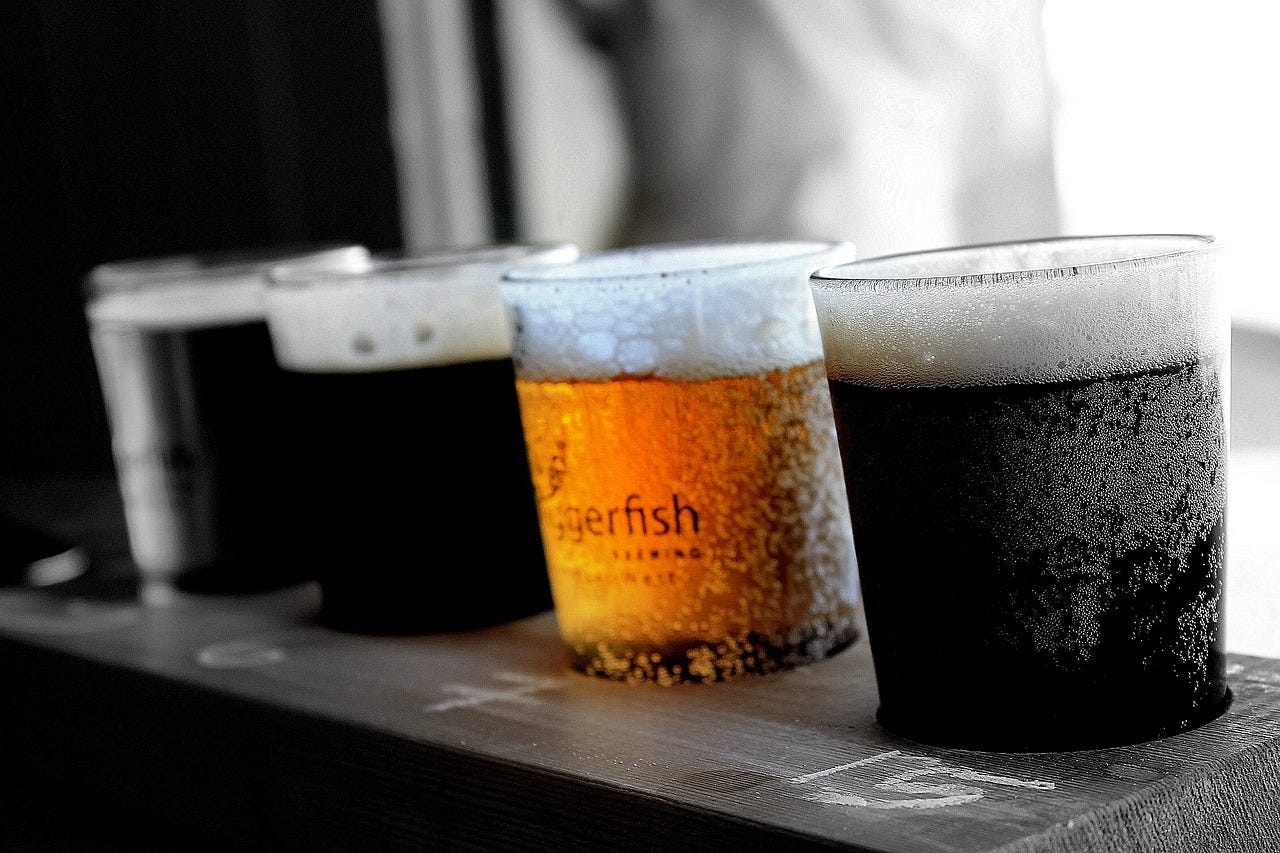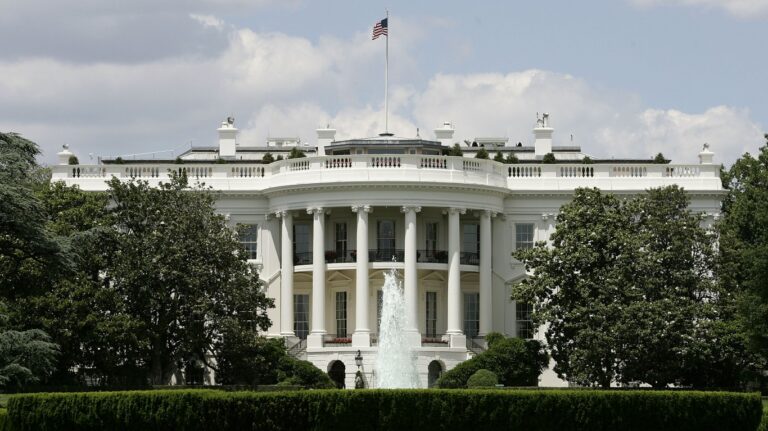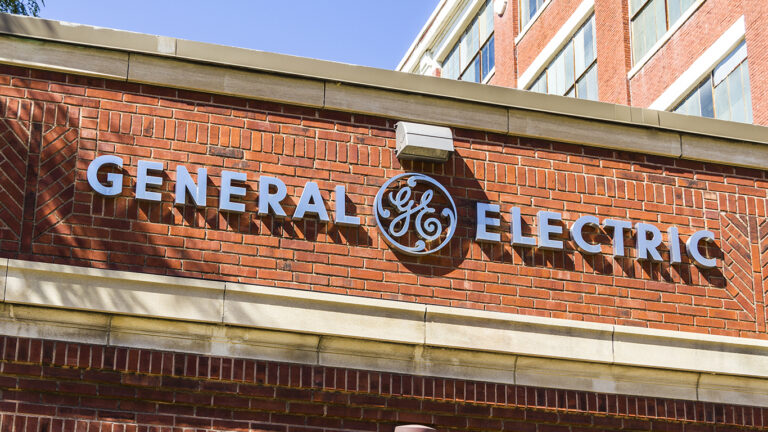Why climate change is bad for your drinking

Plus, Lego’s new sustainable strategy
This column is for Callaway Climate Insights subscribers only, but it’s OK to share once in a while. Was it shared with you? Please subscribe.

According to Centers for Disease Control guidelines, I drink too much. I usually have a cocktail at the end of the working day, a glass of wine with dinner and, with my wife, a nightcap of a delicious but reasonably priced Scotch, a number which blows the CDC rules — a two-drink limit — by 50%.
Tut-tut, you might say. Terrible! But in my native England, I am considered somewhat abstemious, with that trio of tipples coming under the four-drinks-a-day guidelines suggested by authorities there when I was in my youth.
In general, I have found American drinking patterns to be quite different. There are a large number of people who are either non-imbibers or consume very little. Then there are the binge drinkers who will knock back a six-pack and/or a bunch of shots. The British, perhaps guided by their pub culture, tend to drink over a longer period, tending to use alcohol to lower their famous reserve. (That said, U.K. drinking habits, as displayed by soccer hooligans and their ilk, have become more uninhibited.)
And now I have learned of a new ingredient in alcohol habits — climate change. Yes, a study published last week in the journal Nature Communications Medicine found that temperature spikes in New York state due to climate change have led to a marked increase in the number of hospital visits for alcohol-related disorders such as alcohol poisoning, alcohol withdrawal and alcohol-induced sleep disorders.
“We found that there was an almost linear relationship between temperature increases and alcohol-related disorder hospital admissions and visits,” said Robbie Parks, an environmental epidemiologist at Columbia University and the lead author of the study.
So, why does it happen? One possibility, say the researchers, is that people are more impulsive and uninhibited during periods of elevated heat, which leads them to drink more (and consume more drugs). In addition, drinking alcohol destabilizes the body’s ability to regulate its core temperature, a factor that could also contribute to hospitalizations during periods of elevated heat.
As for me, I tend to drink less in the summer heat, having found that alcohol warms my body, leading to more sweat. The CDC would be proud of me.
An almost perfect solution: electric school buses
Each weekday, about 10 school buses assemble twice a day at a school near our New York City apartment. (In fact, it’s Hunter College Elementary and High School, which our kids attended.) Not only are the iconic yellow vehicles noisy, but they also belch fumes into the neighborhood.
That said, the fact that I’ve been hearing them for almost 30 years has meant they have been very much pushed to the back of my mind. That was until I read, on CleanTechnica.com, that six Massachusetts school districts are to electrify their school bus fleets following multimillion-dollar grants from the state’s Clean Energy Center (MassCEC).
For the environment, of course, it’s a big gain — the school districts total more than 66,000 students. But it’s also a move that makes huge sense logistically and economically
First, school bus routes are predictable and relatively short. Which means that the biggest hurdle to acquiring electric vehicles, so-called range anxiety, is non-existent.
Then there is that fact that at the end of the day, the buses usually gather in a depot somewhere, which means that charging paraphernalia can be built in one place and deployed overnight. There’s even thought being given to installing solar panels at the depots to make the initiative even more environmentally friendly.
And then there are running costs. “Electric vehicles can have lower operating costs than traditional fossil fuel vehicles, particularly when they can be charged with off peak electricity that is available at lower rates,” Justin Roy, an associate at Arup, a global sustainable development consultancy and one of the electric bus project partners involved with the technical assistance, told CleanTechnica, adding that “We have found that electric school buses can cost less than 55% than their traditional counterparts when charged during off peak hours.”
I look forward to the day when similar things happen at Hunter.
Why Lego let go of its plan to used recycled plastic
About 18 years ago, my wife, daughter, son and I went to the California branch of the Legoland chain of theme parks based on the popular plastic-brick toy from Denmark. It was great fun. We went on rides, looked at amazing sculptures and dioramas built from the iconic blocks and ate some not-too-awful food. It all reminded me of many happy hours of my childhood making castles, animals and other objects with the colorful cubes. (It was also where we heard that my son had got into the above-mentioned Hunter College Elementary School, which made the trip even more memorable.)
Yes, times of innocent escapism — until you are reminded that Lego is made from plastic, which is both polluting to manufacture and to dispose of.
All of which, to be fair to Lego, is something the company is more than aware of, a factor that led it last week to appoint its first chief sustainability officer, Annette Stube, who, according to a company press release, will “be responsible for leading the company’s environmental sustainability vision and strategy and working with operations, product development and marketing teams to deliver company-wide plans and targets.”
The appointment follows a series of commitments announced by LEGO Group last month, including a pledge to achieve net zero emissions by 2050 and to invest over $1.4 billion in environmental sustainability initiatives over the next three years.
But it ain’t going to be easy. Proof of that also came last week when the company announced that it had “decided not to progress” with a much-ballyhooed plan to make its trademark colorful bricks from recycled plastic bottles made of polyethylene terephthalate, known as PET. Why? Because it was found after more than two years of testing that “the material didn’t reduce carbon emissions.” In other words, processing the recycled bottles created as much pollution as making the bricks from scratch.
The company now says it is looking for “potentially better alternatives.” I am looking forward to playing with them with my (yet-to-be-born) grandchildren.
(A native of England, veteran journalist Matthew Diebel has worked at NBC News, Time, USA Today and News Corp., among other organizations. Having spent much of his childhood next to one of the world’s fastest bodies of water, he is particularly interested in tidal energy.)
More from ClimateCrisis 247
- U.S. Military Emissions Higher Than Ethiopia’s
- Living In Delhi Like Smoking 1,797 Cigarettes A Year
- Mississippi Tops List Of Plastic Pollution
- In Some Of The World’s Largest Cities, It’s Too Hot To Live






